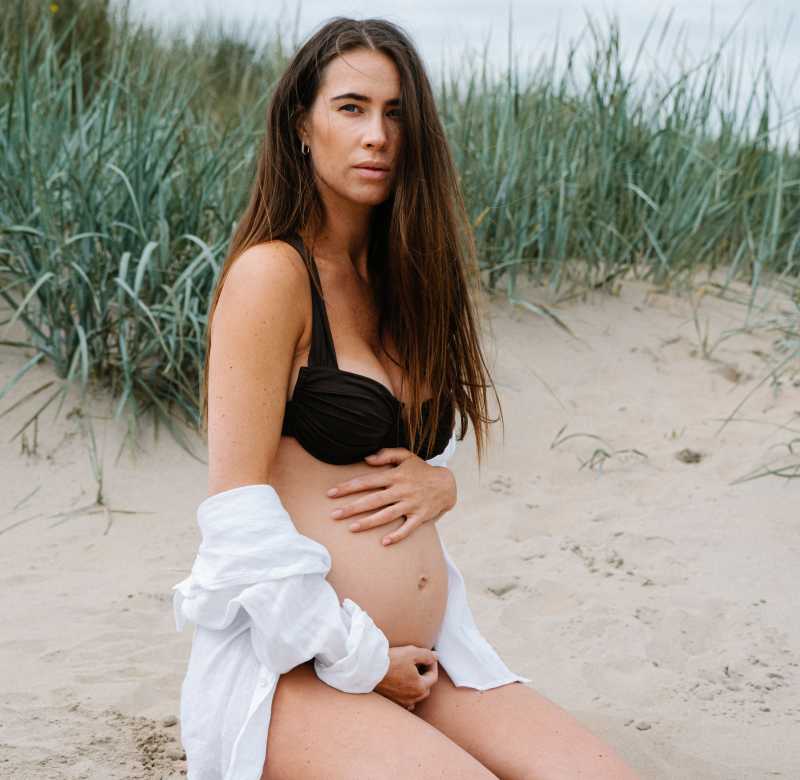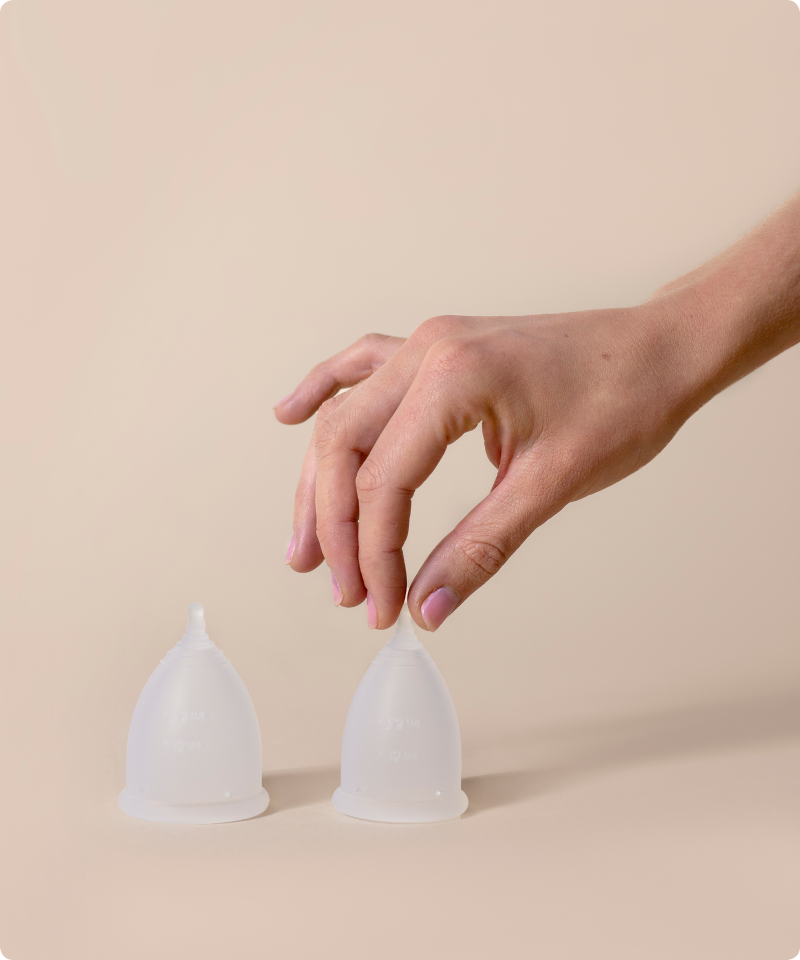DCIS, the preliminary stage of breast cancer
We call the preliminary stage of breast cancer Ductal Carcinoma In Situ (DCIS). This means that there are cells in the breast which have the shape of cancer cells, but they haven’t spread out yet. Although approximately 2,500 women are diagnosed with DCIS each year in the Netherlands, the condition is not yet known to everyone. (source: www.cijfersoverkanker.nl).
People with DCIS rarely feel a lump in their breast. The abnormality is usually detected by a mammogram, such as in the biennial population screening for breast cancer. The calcifications - typical of the condition - are clearly visible on the X-rays. If a mammogram finds any abnormalities, some tissue obtained by a needle is usually examined by the pathologist. DCIS is usually only located in one spot in the breast, but it can cover a larger area.
But what exactly is the difference between DCIS and breast cancer? With DCIS, the abnormal cells remain in the milk ducts in most cases, where they do little harm. As a result, there is less possibility of metastasis, meaning cells can’t spread out through the body via blood vessels and/or lymph nodes. However, a so-called invasive foci (i.e. breast cancer) can develop within a DCIS area. And such an invasive foci can metastasize. The reverse can also happen: DCIS arising around a tumor.
Intense course that is often unnecessary
Only in a quarter of women does DCIS grow into breast cancer, but scientific research has not yet shown in which women that happens. That’s why all women with this condition are treated as if they already have cancer. This means an intense course, because usually the spot is removed surgically. In most cases, this is done with breast-conserving surgery, but if the spot is very extensive, sometimes a mastectomy and subsequent radiation are necessary. Studies are underway to change this. If it can be predicted in whom DCIS will develop into breast cancer, it will save women from having to undergo many difficult treatments.
That research has a Dutch touch in the form of Lindy Visser. During her doctoral research at the Dutch Cancer Institute (NKI), she found two proteins in DCIS tissue from women that increase the risk of breast cancer. It’s still too early to make a decision about whether or not to treat on the basis of these two HER2- and COX2-proteins, but the discovery is a big step in the right direction.
Do you want to read more? Read Patricia’s personal story about her diagnosis here.

























